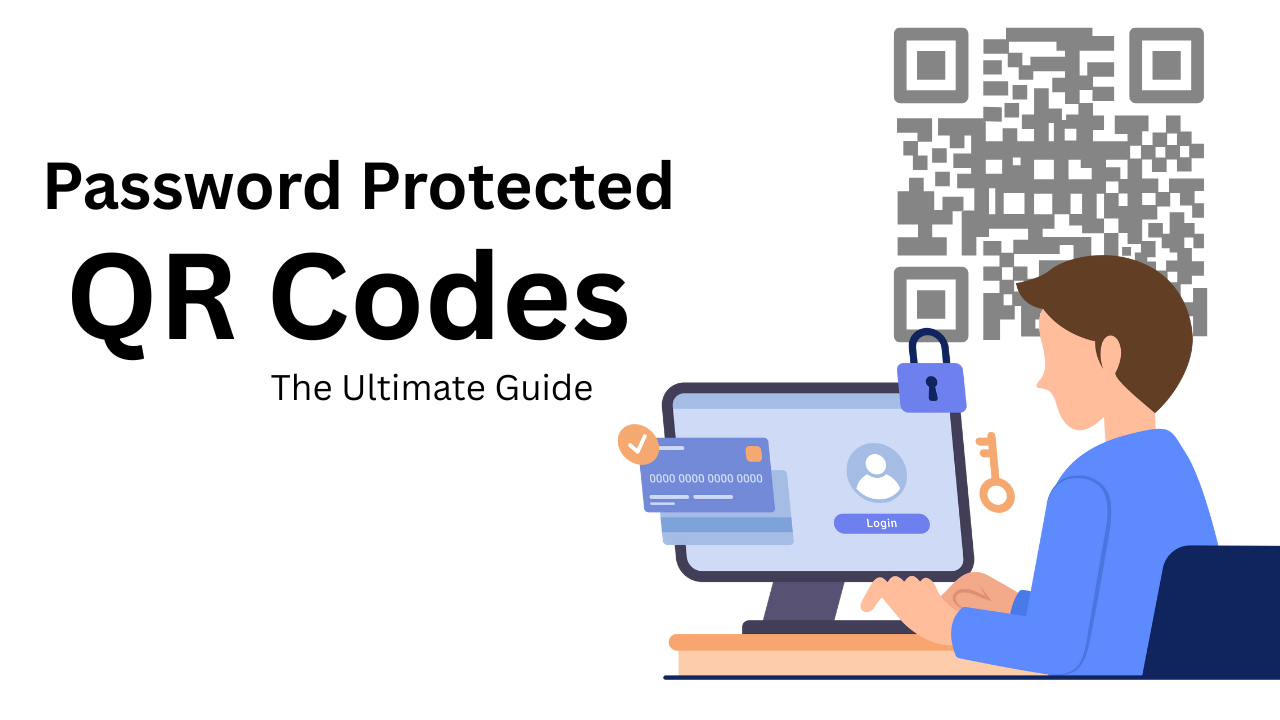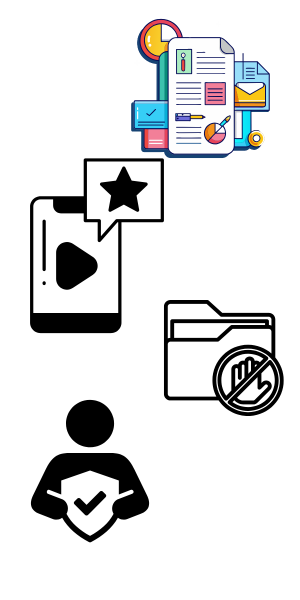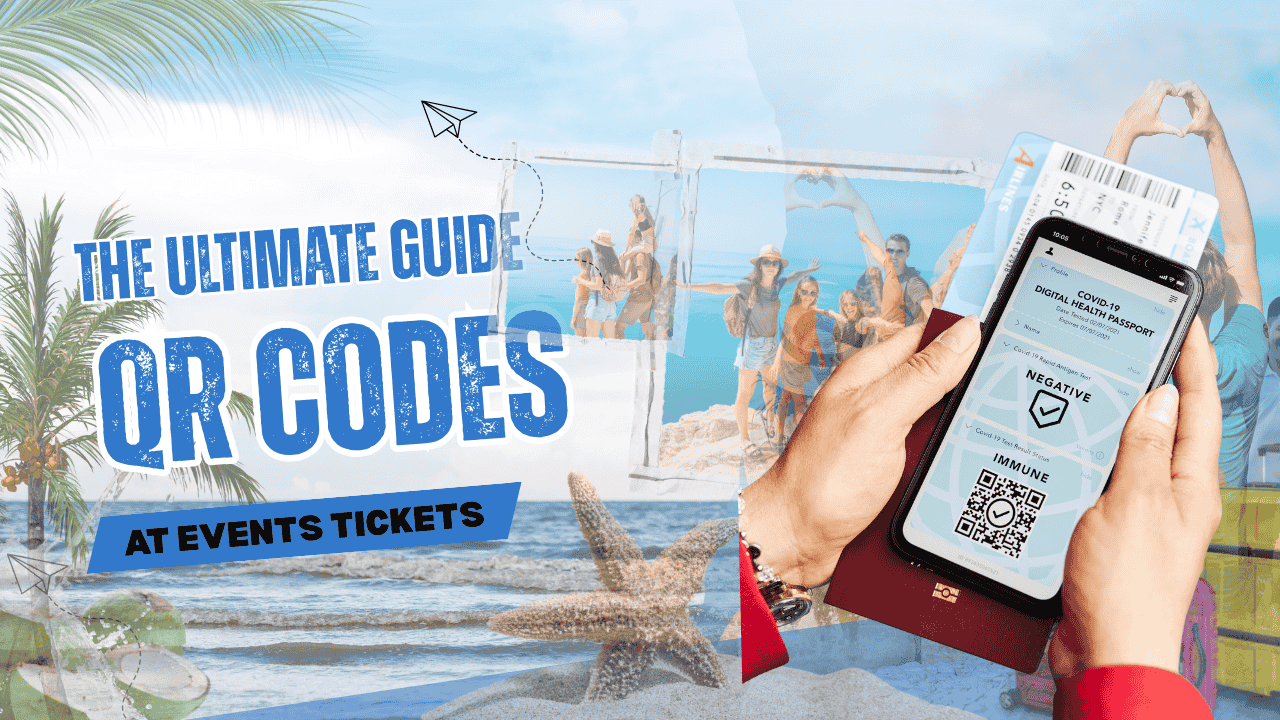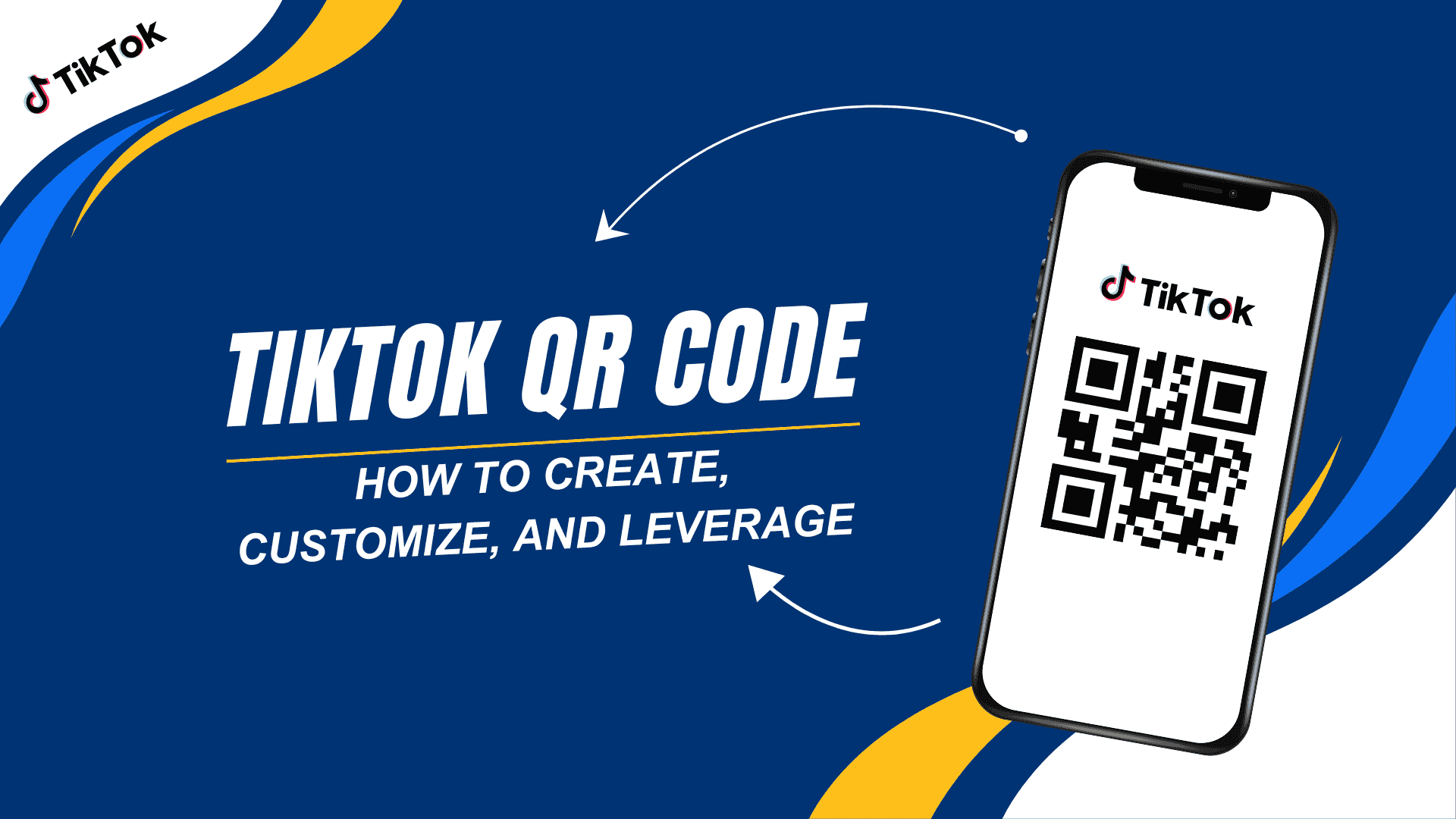
Modern QR code technology provides consumers with a quick and practical tool for content dissemination. Depending on your objectives and preferences, you may encrypt text, audio, or video files, a business card, or a restaurant menu in a QR code… The variety of accessible formats is impressive: the QR code generator allows you to use the codes without limitation for business, job, study, and personal activities.
Have you ever felt compelled to provide data with restricted access? For example, it may be data for hotel guests to use Wi-Fi, a unique presentation for partners, or a link to a buddy… Perhaps you want to share secret information or just restrict the number of persons that may view the data. To safeguard your material, you need to create a QR code online and set a password.
In this post, we will learn about password-protected QR codes and how to make them.
What Is A Password-Protected QR Code?
QR codes with passwords are made by encoding data, such as text, a URL, or contact information, into the QR code format. Unlike conventional QR codes, the data is encrypted using a password or passphrase chosen by the developer.
When someone scans a password-protected QR code, they are requested to input the password. If the right password is entered, the QR code is encrypted and its contents become available.
How Does the QR Code With Password Work?
To access the information, simply scan the QR code using a QR scanner or a smartphone camera, and the material is accessible to anybody. As a result, we can confidently assert that QR codes have limitless potential. The fundamental goal of QR technology is to make material more available to everyone, which raises the issue of privacy.
However, there is a classic remedy for such situations: use a password. If you use a link to create a passworded QR code, only one or a small number of individuals will have access to the content. As a result, you may make your QR code public without worrying about all users accessing the information. It should be noted that without a password, no one will be able to proceed past the security code page! And with that, you may make your material private and restrict access to it.
How Do I Use a Password-Protected QR Code?
There are several scenarios in which you must generate a QR code and set a password. For example, the necessity to reveal confidential working documents, provide access to premium content, launch a preliminary book release, grant access to the game's beta version, and so on. And for this reason, FS Tools service developers have added the function to create passwords for your QR codes.
The process of using such a QR code is almost similar to the standard one:
Your users need to scan the code.
Then, in a field that appears on their devices' screens, type a password.
Following that, they'll view the encrypted material. If a user does not know the password, they will be unable to access the information.
The QR code will take you to a password-protected web page before redirecting you to the content. When the password is successfully entered, the user will be forwarded to the appropriate page.
Application of Password-Protected QR Codes
Password-protected QR codes provide an extra degree of protection for a variety of uses. Here are some popular examples.

Documents Are Confidential
Businesses may use QR codes with passwords to securely exchange private information with authorized people. This guarantees that sensitive data is safeguarded even if the QR code slips into the wrong hands.
Exclusive Content:
Authors and artists may utilize password-protected QR codes to provide their fans access to special information like supplementary chapters or behind-the-scenes videos.This enables them to provide extra value to their audience while keeping control over who has access to the information.
Restricted access
Event organizers can regulate access to restricted areas or VIP sections by using QR codes and passwords. Attendees would need to enter the password to unlock the QR code and obtain entrance, therefore increasing security and properly regulating guest rights.
Personal data
Individuals may safely communicate personal data with healthcare providers or financial advisers by using password-protected QR codes. This guarantees that critical information is kept secret and only available to authorized personnel.
Educational Resources.
Teachers and educators can utilize QR codes and passwords to distribute instructional resources to their pupils, such as study guides or answer keys. By requiring a password, they can ensure that only students with the necessary credentials have access to the information.
Membership Portals
Password-protected QR codes can be used in membership portals or loyalty programs. To get access to special advantages or prizes, users must input a password, guaranteeing that only authorized members may redeem offers.
Conclusion
QR codes with passwords are an easy yet efficient approach to improve security and privacy. In today's digital world, QR codes provide peace of mind while exchanging secret information, regulating access to unique material, or safeguarding online transactions.
Password-protected QR codes are an effective tool for protecting sensitive information and managing access to restricted areas due to their variety and ease of usage.




